I first came across Alvin Lucier’s “I am sitting in a room” through the Strictly Kev/Paul Morley masterpiece mix “Raiding The 20th Century”.
It’s an incredibly simple but powerful piece, that becomes hypnotic and immersing as his speech devolves into a drone through the feedback loop he sets up in the performance.
The space that he performs in becomes the instrument – the resonant frequencies of the room feeding back into the loop.
From wikipedia:
I am sitting in a room (1969) is one of composer Alvin Lucier’s best known works, featuring Lucier recording himself narrating a text, and then playing the recording back into the room, re-recording it. The new recording is then played back and re-recorded, and this process is repeated. Since all rooms have characteristic resonance or formant frequencies (e.g. different between a large hall and a small room), the effect is that certain frequencies are emphasized as they resonate in the room, until eventually the words become unintelligible, replaced by the pure resonant harmonies and tones of the room itself. The recited text describes this process in action—it begins “I am sitting in a room, different from the one you are in now. I am recording the sound of my speaking voice,” and the rationale, concluding, “I regard this activity not so much as a demonstration of a physical fact, but more as a way to smooth out any irregularities my speech might have,” referring to his own stuttering.
Playing around with the kinect/makerbot set-up at Foo set me thinking of Lucier’s piece, and how the sensor-vernacular interpretation could play out as a playful installation…
First, we need a Kinect chandelier.
Then, we scan the original ‘room’ with it.
Next, we print a new space using a concrete printer.
Which we then scan with the Kinect chandelier…
And so on…
One could imagine the degradation of the structure over the generations of scanning and printing might become quite beautiful or grotesque – a kind of feedback-baroque. And, as we iterate, printing spaces one after the other – generate a sensor-vernacular Park Güell…
If anyone wants to give us an airship hanger and a massive concrete printer this summer, please let us know!
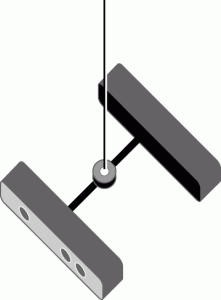
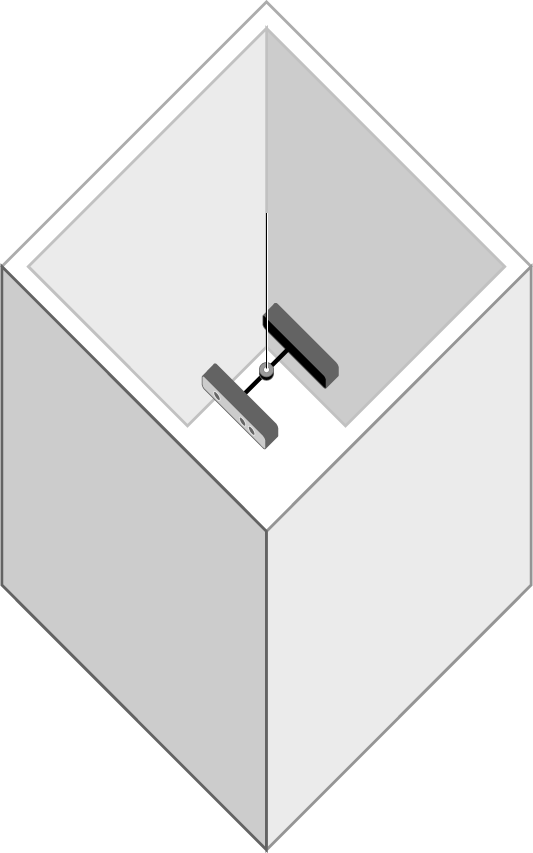
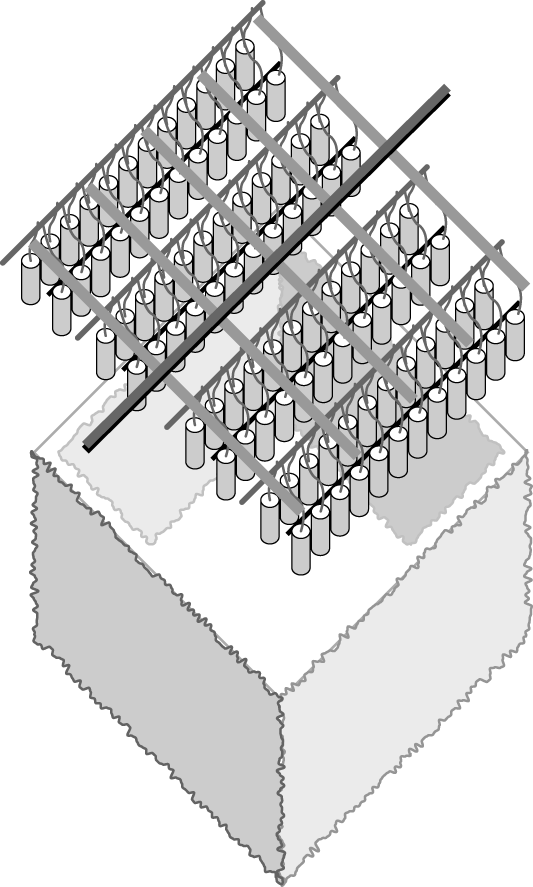
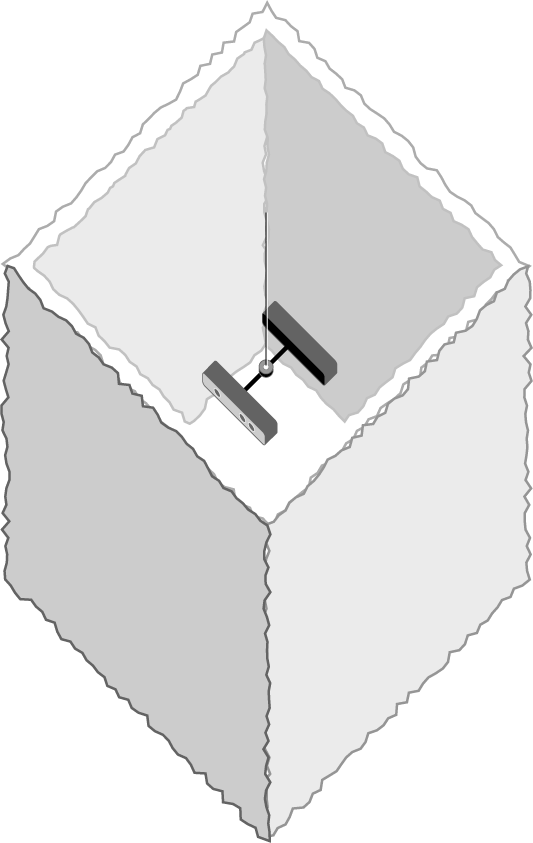
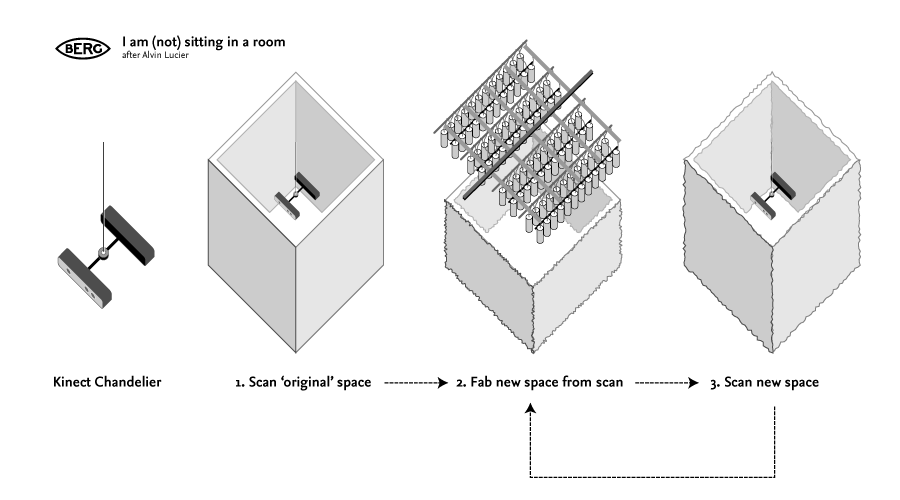
3 Comments and Trackbacks
1. Meikel Steiding said on 13 June 2011...
Interesting.
Reminds me a lot of the early Steve Reich works. Think Violin Phase:
„Reich’s first attempt at translating this phasing technique from recorded tape to live performance was the 1967 Piano Phase, for two pianos. In Piano Phase the performers repeat a rapid twelve-note melodic figure, initially in unison. As one player keeps tempo with robotic precision, the other speeds up very slightly until the two parts line up again, but one sixteenth note apart. The second player then resumes the previous tempo. This cycle of speeding up and then locking in continues throughout the piece; the cycle comes full circle three times, the second and third cycles using shorter versions of the initial figure. Violin Phase, also written in 1967, is built on these same lines. Piano Phase and Violin Phase both premiered in a series of concerts given in New York art galleries.”
http://en.wikipedia.org/wiki/Steve_Reich
http://www.youtube.com/watch?v=DSicVhuaGlc
So it could be interesting to slightly change something during the scanner procedure. Maybe having a chair that moves a bit after each scanning session. Or a painting on the wall.
Thanks for the link though. Really interesting.
Me.
2. Greg Borenstein said on 13 June 2011...
From the point of view of the wall, it’s a Lucier, but from the point of view of the scan, it’s a bit like a Sensor Vernacular take on Rachel Whiteread’s work where she makes casts of the insides of rooms. Here’s one in resin: http://www.nga.gov/press/2004/releases/fall/assets/acqui/whiteread_front.jpg and one in cement: http://thegreatexposition.com/wp-content/uploads/2010/09/1993_rachel_whiteread_house_londres.jpg
Would be interesting to have a parallel set of solid printed objects that represented the shifting interior space as a positive.
I did a collaborative piece earlier this year with Anna Pinkas and Martin Bravo where we tried to reproduce this Whiteread effect using an iPad. We wrote an app that basically did decaying long exposure movies of a scene. So, from frame to frame the only parts that stayed lit were ones whose brightness was changing: http://vimeo.com/21425021
Then we displayed three views of these on an ipad using a series of pieces of plexi to create a “pepper’s ghost” illusion of transparent layered space that would fill in as the light moved and empty out as it settled down (preliminary rough documentation):
http://vimeo.com/25050625
The technique was based on the iPhone Palm Top Theatre demo:
http://www.creativeapplications.net/iphone/palm-top-theater-peppers-ghost-iphone-events/
3. Christopher Fahey said on 14 June 2011...
The cover of the IASIAR album is a series of photographs (of photographs, etc.), by Lucier’s wife, of a room: http://www.discogs.com/viewimages?release=8652